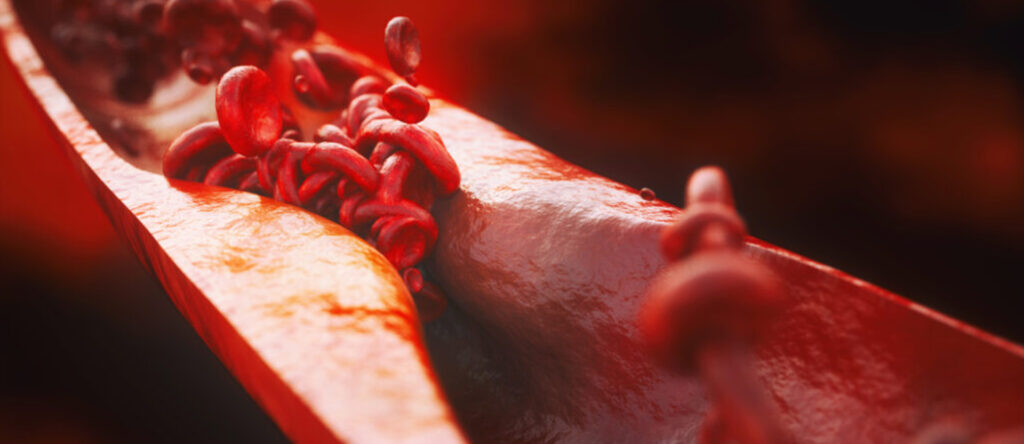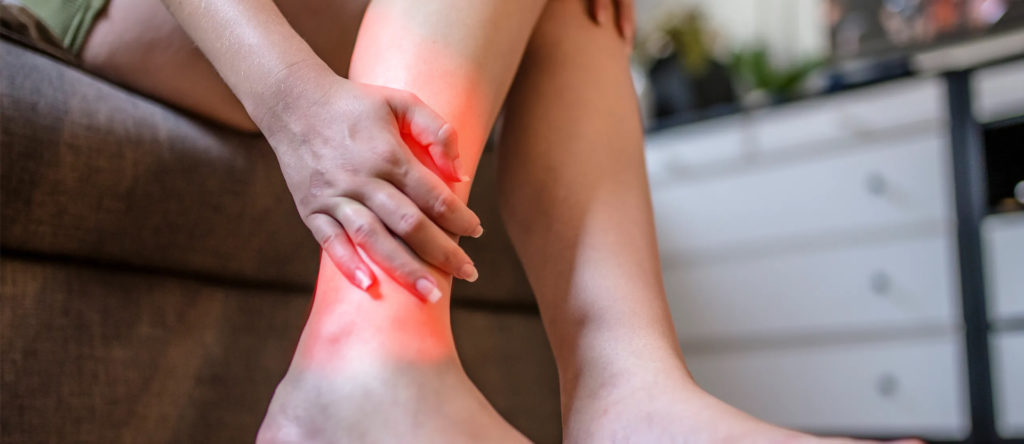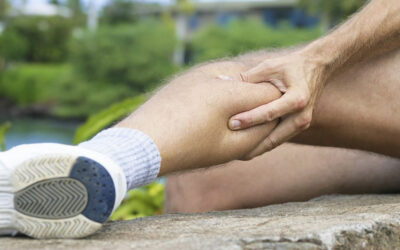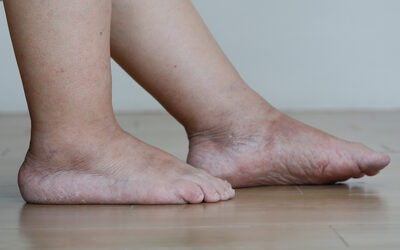Uncovering Vascular Causes of Walking Pain
Stability, flexibility, and strength are the primary characteristics of your lower limbs. All these aspects help with walking, which is one of the best activities for optimal health. But what if you experience pain when walking?
It’s easy to dismiss walking pain but it can be a sign of a serious underlying problem. Many conditions can cause pain or discomfort when walking, some of which are related to your cardiovascular system. This article takes an in-depth look at the vascular causes of walking pain.
1. Peripheral Artery Disease
In some cases, walking pain or discomfort can be a symptom of peripheral artery disease (PAD). A manifestation of PAD is fat deposits that narrow the arteries in the extremities, particularly your lower limbs. These deposits can impede blood flow to your muscles affecting their ability to function properly.

This can cause pain and cramping referred to as intermittent claudication. This condition occurs during movement and often resolves after resting for a brief period. It’s different from the soreness caused by exercise. This type of pain typically occurs when walking uphill or climbing a flight of stairs.
You’ll often find yourself having to stop for breaks periodically. When the arterial blockages get worse, the pain can occur even when you’re lying down or sitting. Other symptoms you may experience on top of the pain include sores that heal slowly, color changes on your feet, and coldness in one or both feet.
2. Varicose Veins
Varicose veins are another common cause of pain when walking. These are swollen or bulging veins that typically affect the legs (calves) and feet. Chronic vein disease, which affects the proper function of valves, is the primary cause of varicose veins.
Risk factors for this condition include obesity, advanced age, pregnancy, genetics, and standing occupations. When valves in the veins are damaged, weakened, or malfunction, blood flows backwards and pools in the leg veins causing them to enlarge. This condition is known as venous valve insufficiency and can also affect the vein walls.
Walking exerts extra pressure on these veins and as a result, you experience pain and aches. Your legs may also cramp and feel uncomfortable and heavy. Other symptoms of varicose veins include swollen ankles and feet and color changes in your lower legs.
3. Deep Vein Thrombosis
Deep vein thrombosis (DVT) is a vascular condition where a blood clot forms in a deep vein. It commonly affects veins in the legs. The typical symptoms of DVT are pain and swelling on the affected leg.
The pain is the throbbing kind and worsens with walking, forcing you to bear more weight with the other leg. This reduces your ability to walk. If left untreated, DVT can result in a complication known as post-thrombotic syndrome.

Although rare, it can damage vein valves causing venous insufficiency and subsequent pooling of blood. The eventual aching and cramping pain is worsened by walking and improves after rest or leg elevation.
Conclusion:
You should never ignore walking pain! If you experience pain that improves with rest, it could be a sign of an underlying vascular condition. If left untreated, they can have serious complications. It’s crucial that you consult a vascular specialist if you have any of the symptoms mentioned above.
The experts at Washington Vascular Specialists are dedicated to providing quality vascular treatment services to patients in the mid-Atlantic region. With locations in Maryland, Largo, Takoma Park, and Frederick, our friendly team led by Dr. Choudry will work with you to offer lasting solutions to walking pain and other vascular ailments. Call our offices or use our online booking tool today to schedule an appointment with one of our specialists.



